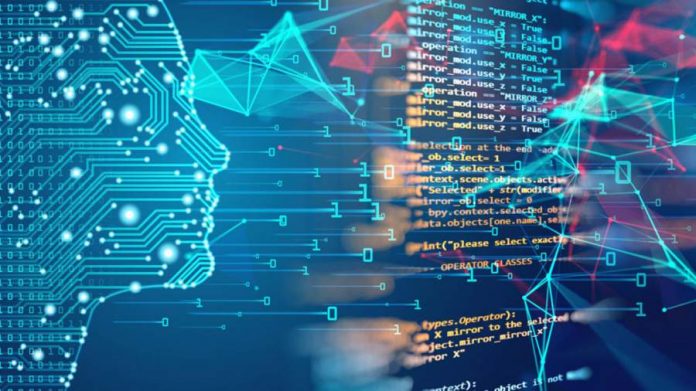Trending Story
Most Popular
Common Mistakes to Avoid When Answering PMP Exam Questions
Passing the Project Management Professional exam is a significant achievement for any project manager. It improves your chances of getting a job and...
Everyone Should Know the Importance of CBC Tests
Complete Blood Count (CBC) tests are essential diagnostic tools that provide comprehensive insights into your overall health. They measure various components of your blood,...
5 Signs Your Heart is Healthy
Maintaining your heart healthy is crucial as you age. If your heart rate, cholesterol, blood pressure, BMI and breathing are good in range, then...
Flyfish Review – a Company that Understands the Ins and Outs of Payroll Management
Are you frequently concerned about finding a reliable payroll service provider to streamline your international payment processing? If so, you're not alone. Global transactions...
Keeping It Fresh: Strategies for Updating and Renovating Family Entertainment Venues
Family entertainment centers need to frequently update their offerings and refresh their facilities to keep guests coming back. As trends change and new technology...
Who is the owner of Show Me Your Mumu? A Comprehensive Analysis
In the world of boho fashion, Show Me Your Mumu stands out as a brand that has captured the hearts of many. But who...
Score808: Your Source for Live Action
Are you tired of missing out on your favorite NBA and football games? Look no further! Score808 has got you covered with seamless, high-quality...
Who makes REVOLVE Clothing? Everything All You Need to Know
If you're a fashion enthusiast, you've likely come across REVOLVE, a popular online retailer that features a wide array of trendy clothing, accessories, and...
North Country Now: What is Considered the North Country?
The term "North Country's" often conjures images of vast, open spaces, rural areas, and picturesque northern landscapes. But what exactly does it mean? Where...
Discovering the CS2 Case Simulator: A Detailed Exploration
If you enjoy the thrill of opening CS2 cases but want to avoid the financial risk, case simulators offer a fantastic alternative. These simulators...
Breaking Down the Science: The Role of Biomarkers in Personalized Health and Fitness Plans
In the quest for enhancing physical performance and healthspan, personalized approaches are increasingly becoming the gold standard. This shift towards individualized care is driven...
How to Pick the Best Insurance Companies in Albany NY
Insurance is essential for your life; you should have all kinds of insurance, like for your car, home, for your medical bills and also...
Top 7 Sites Like GoMovies in 2023
The popular platforms like the GoMovies had made the movie watching in the homes simply. The movies available here belong to various genres, such...
Portable Power Solutions: Essential Features of the Best Power Banks
There are thousands of power banks on the market. Some are huge, but provide little charge while others have a compact design and possess...
Steel Cable Reels: Unveil the Importance of Robust Material
Steel cable reels are an important part of heavy industrial works, which help industries manage production.
Large reels can help industries roll over long wires...



































































